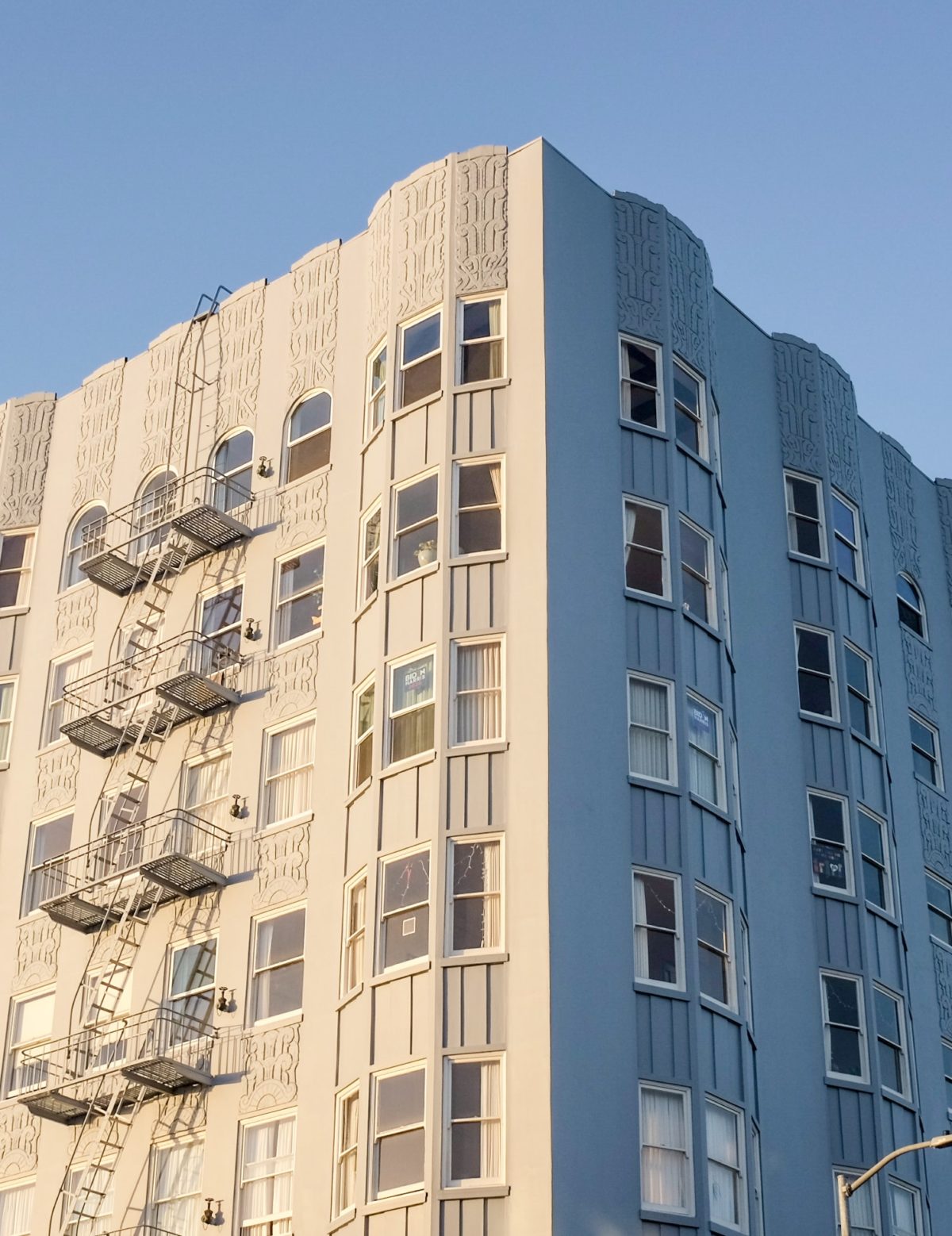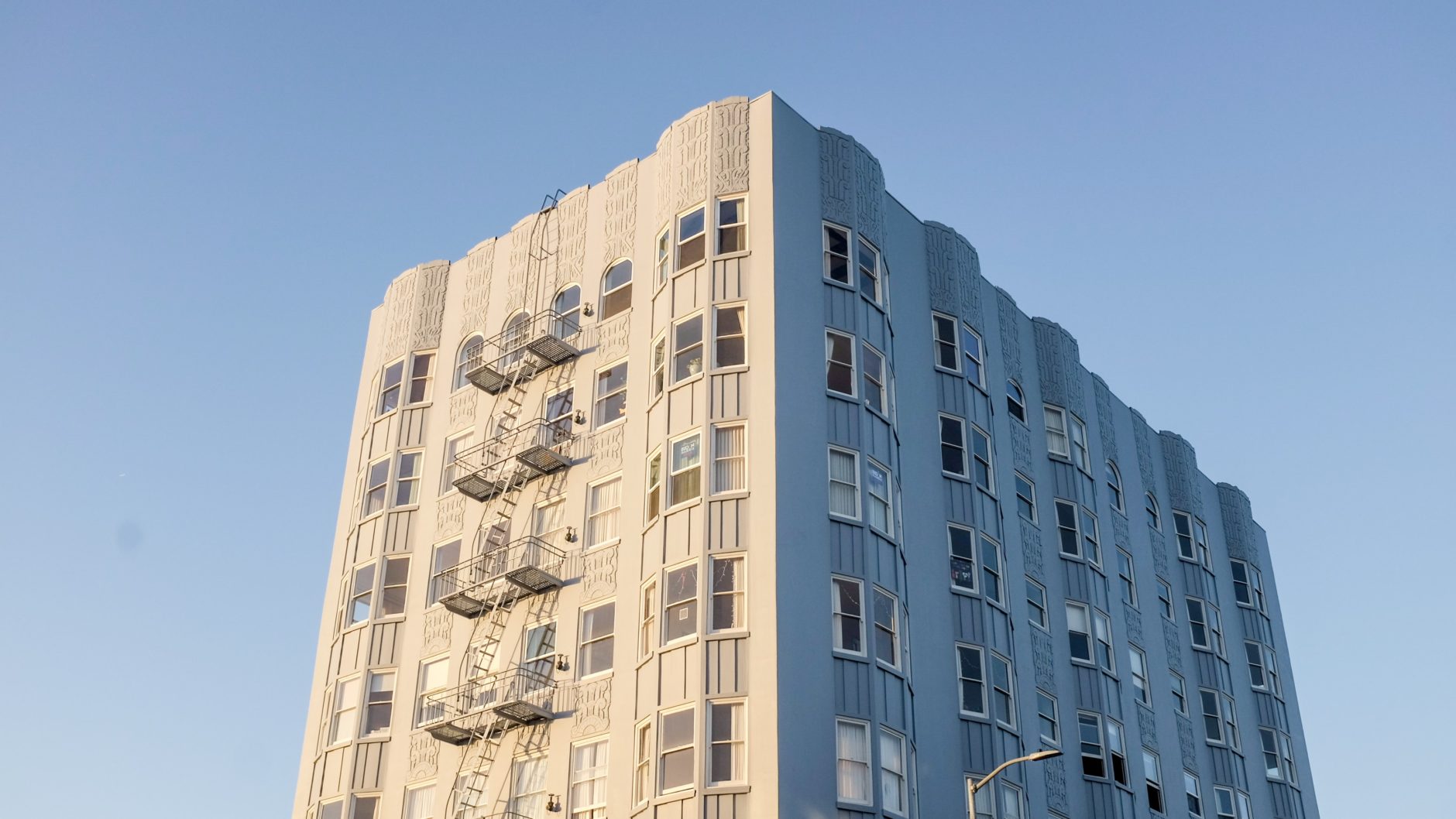Where someone lives impacts their ability to stay healthy and receive supports. As housing advocates, developers, and policymakers, it’s important to understand the basics of housing-related services and how housing impacts health, especially when advocating for and developing housing for people with disabilities. The key topics to understand include: social determinants of health, housing first, Home and Community Based Services (HCBS), and COVID-19’s impacts on housing and people with disabilities
Social Determinants of Health
Staying healthy isn’t just about going to the doctor when you’re sick. Lots of things affect how healthy people are. Some of these things are:
- Being able to get healthy food
- Living somewhere with clean air
- Having money to buy what you need to stay healthy
- Having a job that is safe to do
These things are called social determinants of health.
It is a lot harder to stay healthy without these things! If you don’t have what you need to stay healthy, you’ll get sick more. That makes it even harder to get what you need to feel better.
Housing is another thing that affects health. Living in a safe and comfortable place helps people get and stay healthy. We looked at some information from the Pew Research Center. It said that getting good housing can help more people stay alive. Good housing can keep children and pregnant women from getting sick and dying.
Housing First
Housing First is an idea to help people going through homelessness. It says that everyone needs a good place to live before getting help for anything else. Housing First works to get people going through homelessness into housing as soon as possible. Then, they can figure out what else each person needs to be safe and healthy. It makes sure people get to make their own choices about what they need.
Home and Community-Based Services (HCBS)
One kind of help that some disabled people need is called long-term services and supports (LTSS). LTSS are services that help disabled people live our everyday lives.
Some types of LTSS are:
- Job coaches and help to do work
- Help to get transportation
- Help to eat, getting dressed, or using the bathroom
- Help with cooking or cleaning your house
There are different places that people can get LTSS. Some people get LTSS in institutions, like nursing homes or group homes. Other people get LTSS in their community. When people get LTSS in their community, it is called home and community-based services (HCBS).
People with disabilities don’t want to live in institutions. We want to make sure everyone can get HCBS.
Paying for Home and Community Based Services (HCBS)
HCBS usually get paid for by each state’s Medicaid program. But states don’t have to pay for HCBS for everyone that needs them. They can put people on waiting lists. This means some people have to wait a long time before they can get HCBS from Medicaid.
People who can’t get HCBS from Medicaid have to pay for HCBS by themselves. HCBS cost a lot of money. And Medicaid won’t pay for certain kinds of HCBS at all.
The impacts of COVID-19 on housing
Housing costs too much money for a lot of people. For most people, if they lose their job, they can’t afford to pay for their housing after 6 months. COVID-19 made a lot of people lose their jobs. These people couldn’t pay for their housing without their jobs. Some people lost their housing, and are now going through homelessness.
Going through homelessness makes it harder to stay healthy. People need to stay inside their houses to stay safe from COVID-19. You can’t stay inside if you don’t have housing. That makes it easier to get sick with viruses like COVID-19.
We need to make sure everyone can stay safe during an emergency like COVID-19. That means we need to make sure everyone can get housing.
COVID-19 & Living in the Community
Many people with disabilities live in institutions. Some kinds of institutions are nursing homes, mental health hospitals, and group homes. People living in institutions usually stay in big groups. They are together all the time. That makes it easier for diseases like COVID-19 to spread. If one person in an institution gets sick, a lot of other people living there will, too.
Lots of people with disabilities already have health problems. If we get COVID-19, it could be really bad. We might die.
A lot of people with disabilities in institutions have already died from COVID-19. Only 1 out of every 100 people in the U.S. lives in an institution. But more than half of the people in the U.S. who died from COVID-19 lived in an institution.
Thousands of people in institutions have died from COVID-19. But they could have stayed alive if they didn’t live in institutions. If they lived in their own homes, they could have stayed away from other people. They would not have caught COVID-19. That’s why making sure everyone with disabilities can get HCBS is so important.
Credit: This content was originally created for The Kelsey’s Raise the Roof program for leaders with disabilities. Plain language translation from Autistic Self Advocacy Network.

